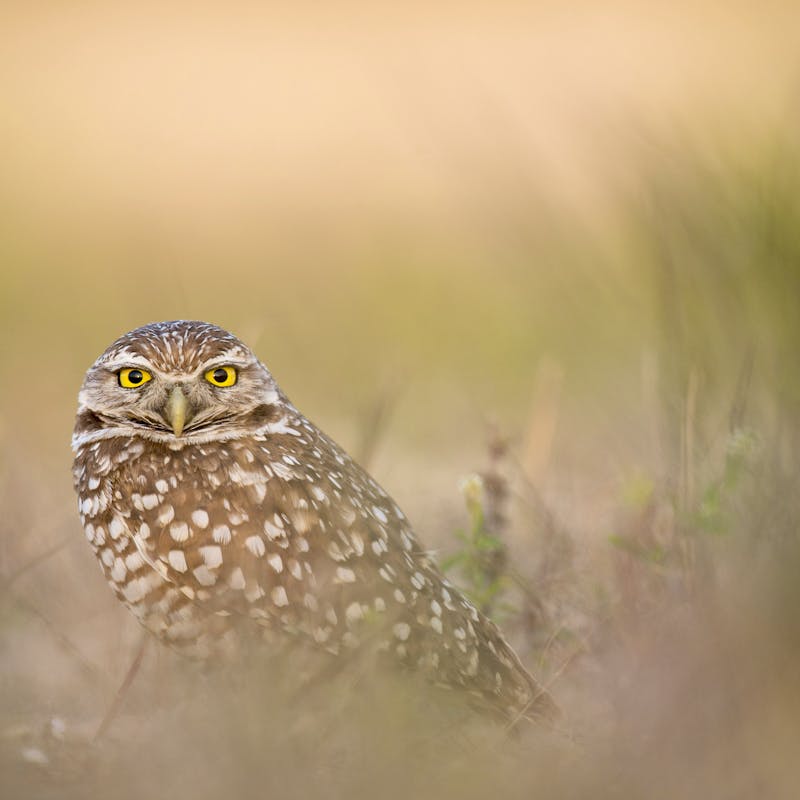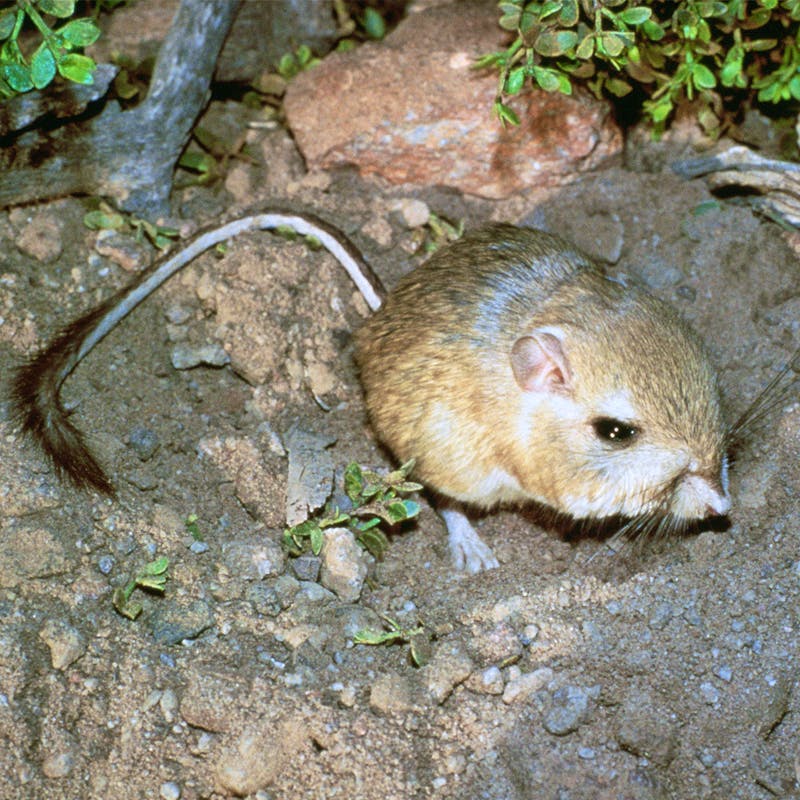California’s Central Valley is 430 miles long, situated between the Sierra Nevada and the Coast Range.
The massive Sacramento and San Joaquin Rivers converge to form the San Francisco Bay Delta, the largest estuary on the west coast, which flows under the Golden Gate Bridge and out into the Pacific Ocean. These rivers once produced millions of migrating salmon, steelhead and sturgeon and the Bay Delta is home to delta smelt and longfin smelt.
The Central Valley includes grasslands, chaparral and forested lands, but much of the valley has been converted to agriculture and cities.
The arid San Joaquin uplands in the southern part of the valley is home to the critically endangered San Joaquin kit fox, kangaroo rats and blunt-nosed leopard lizards. The wetter northern valley is home to vernal pools, giant garter snakes, red-legged frogs and river otters.
Federal and state wildlife refuges like the Sacramento National Wildlife Refuge provide some of the last remaining wetland habitat in the Central Valley and are critical to millions of Pacific Flyway birds that migrate through the region each year.
California has more than 18 million acres of rangelands within and encircling the Central Valley and interior Coast Range. Most of this land is privately owned and managed for livestock production. Although conservation and ranching are often cast as conflicting, there is increasing science that shows that managed grazing on these Central Valley rangelands can result in healthier grasslands that provide clean water and important wildlife habitat.
Defenders led the effort to protect the Central Valley’s rare and unique habitats by co-founding the California Rangeland Conservation Coalition to protect privately owned rangelands in the Central Valley and inner coastal ranges.
Defenders has also been working to direct renewable energy projects onto lower value lands and away from the most sensitive, high-quality wildlife habitat.
After more than a decade of work by Defenders, the State Water Resources Control Board (SWRCB) voted in 2019 to adopt the strongest set of wetland protection rules in the country. Defenders’ wetlands work includes participation in the Central Valley Joint Venture, a partnership among conservation organizations like Defenders and state and federal agencies that work together to make sure wildlife refuges like the San Luis National Wildlife Refuge receive enough water to support the wildlife that depend upon wetland habitats. We are also exploring methods to ensure the full mitigation of the impacts of water transfers on the imperiled giant garter snake and other wetland wildlife, with a focus on pushing the California Department of Fish and Wildlife to utilize its authority under the California Endangered Species Act.
To improve the health of the Bay-Delta and its wildlife, we are fighting in court to invalidate inadequate Endangered Species Act protections for gravely endangered salmon and smelt and are advocating for new safeguards under the California Endangered Species Act to protect species against federal rollbacks. Defenders also works to advance the SWRCB’s efforts to update and implement water quality protections for the Bay-Delta and its tributaries. Defenders’ Bay-Delta work includes efforts to promote wildlife-friendly water storage solutions. We recently participated in a successful lawsuit to slow progress on the damaging Shasta Dam Raise project, have highlighted concerns with proposed new diversions that would harm endangered fish, and worked to advance storage projects that would provide new water supplies for parched Central Valley wildlife refuges.
California's Central Valley Blog Posts








